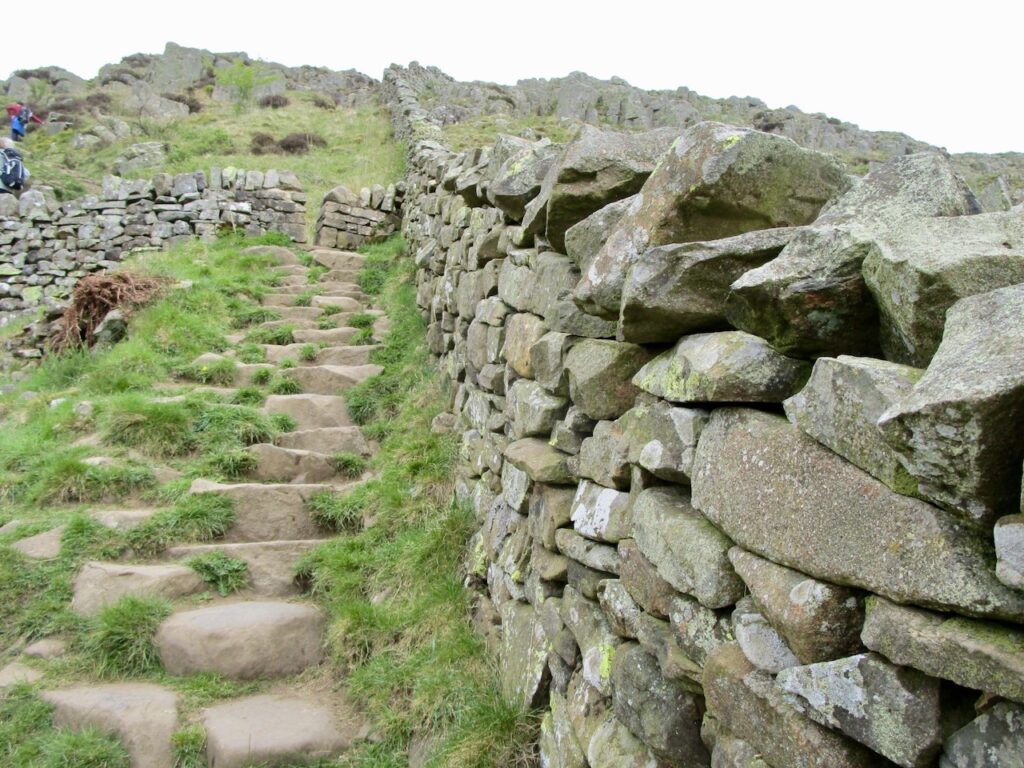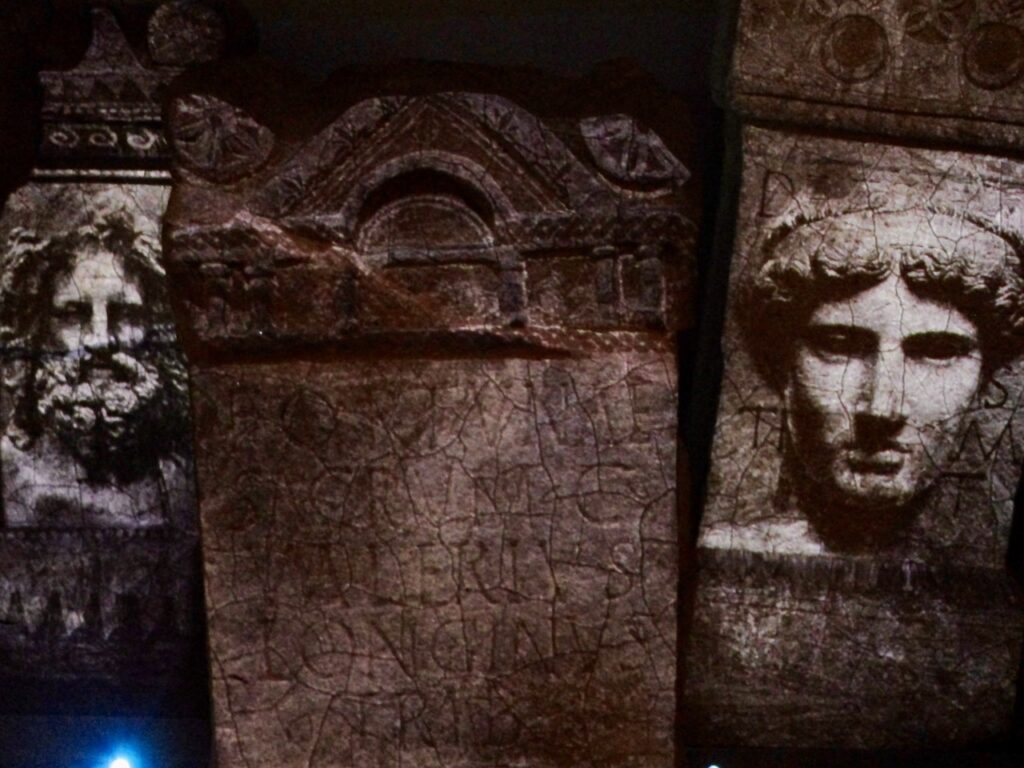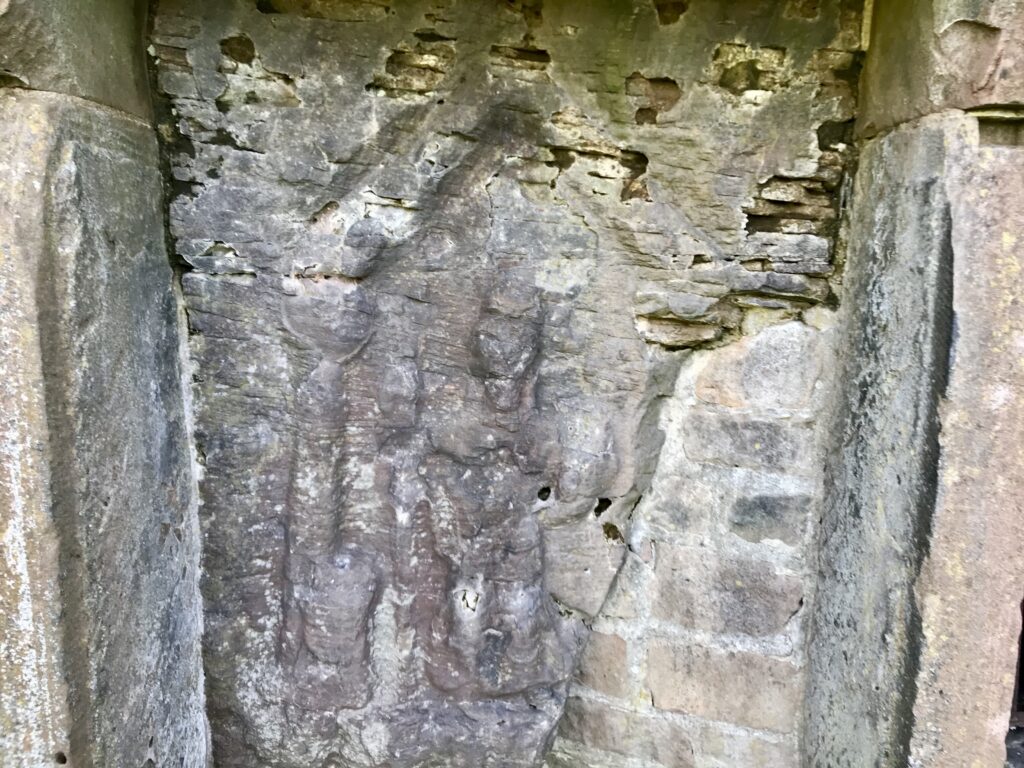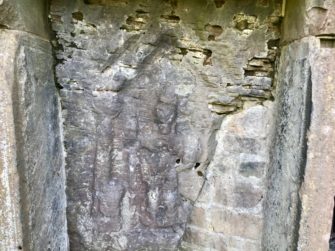
My latest assignment took me to the wide-open spaces of Northumberland.
I was there researching a feature for Discover Britain magazine about events to celebrate the 1900 years since the Romans started building Hadrian’s Wall [pictured above].
The Wall, built over seven years from 122AD, comprised a series of a gates or milecastles every Roman mile (0.92 miles), to control the troublesome frontier of northern England. It used some 800,000 cubic metres of hand-carved stone, gouged laboriously from local quarries.
But this trip wasn’t just about Roman heritage. I was interested in the way that two icons of British history hail from the Northeast.
As well the 1900 Festival this year along the length of Hadrian’s Wall, there’s also a major art exhibition coming to a gallery in travel-hub Newcastle.
The Lindisfarne Gospels, the Anglo-Saxon manuscripts on loan from The British Library, will return to the Northeast for the first time in many years.
Julie Milne, Chief Curator of Art Galleries, including the Laing Art Gallery, says:
“The shiver-down-spine moment for me was when I first saw The Gospels close up. I’m fascinated by the intricacy of the artwork, especially given the hard conditions under which they were produced.”
Back on the Roman-heritage trail, I later visited the Great North Museum, where the Hadrian’s Wall Gallery includes an evocative set of Roman tombstones [pictured below] amongst the exhibits.
Most of all, I learnt how, far from a remote outpost of a dwindling empire, the Northeast of England is a hotbed of historical interest.
The events that connect the Wall and the Gospels this year offer living testimony to Northeast England’s crucial part in British history.
Read my feature in the August/September issue of Discover Britain.
The Lindisfarne Gospels are at the Laing Art Gallery, Newcastle, from September 17.
More travel information here.
- Liked this? Try also Why walking with the Northern Saints is the perfect spring break
- Sign up to my newsletter for more about forthcoming articles, tours and writing workshops


